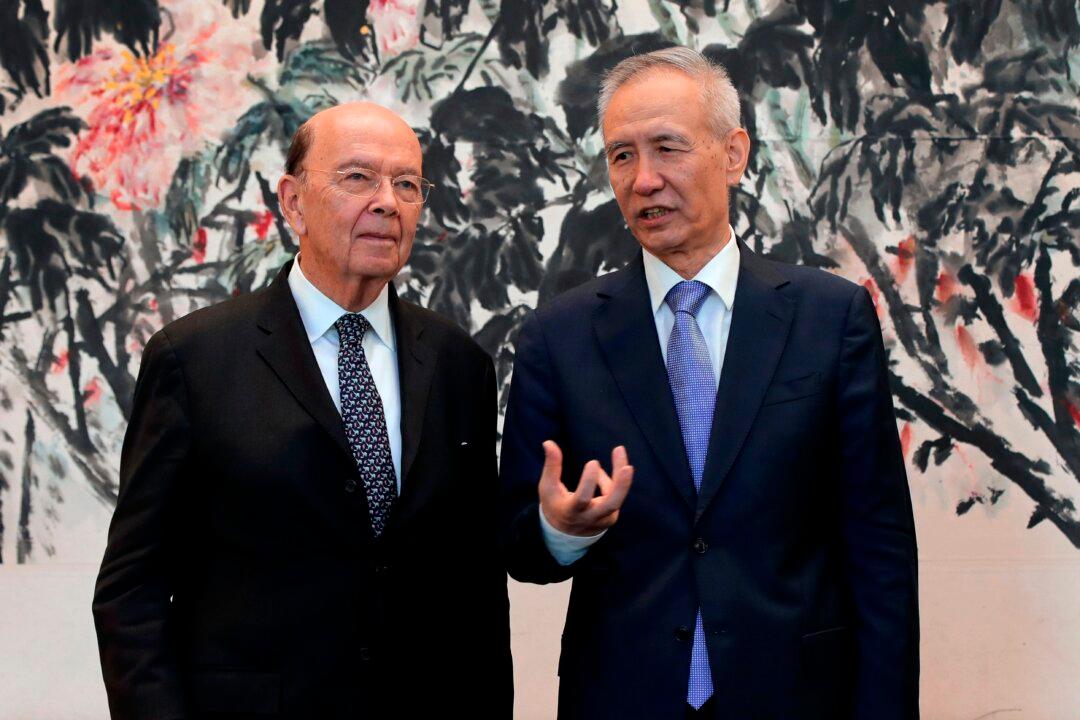The latest round of trade talks between the United States and China in Beijing made “positive and concrete” progress, China said as a weekend round of talks concluded between U.S. Commerce Secretary Wilbur Ross and Chinese Vice Premier Liu He on June 3.
While the details of the latest agreement have yet to be ironed out, China warned that any progress made so far would be nullified if the United States implements any trade sanctions, according to a statement released on Xinhua, China’s state media.





